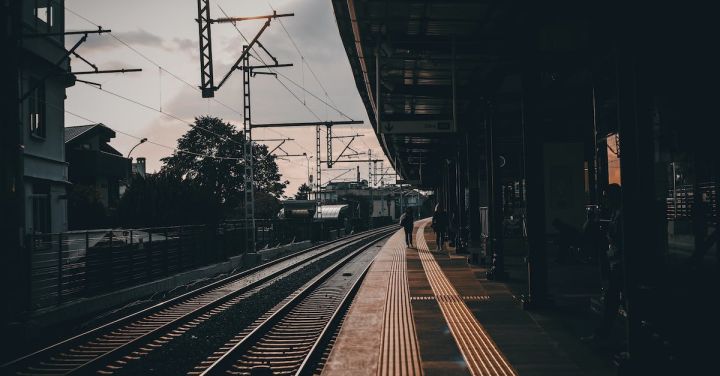In the fast-paced world we live in today, time is of the essence. People are constantly looking for ways to save time and increase efficiency in their daily lives. This need for speed has led to the development of high-speed railways, which are set to revolutionize the way we travel.
High-speed railways, also known as bullet trains, are a type of rail transport that operate at significantly faster speeds than conventional trains. They are designed to reach speeds of up to 300 kilometers per hour or even higher, depending on the technology used. This means that passengers can travel long distances in a fraction of the time it would take by car or plane.
One of the key advantages of high-speed railways is their ability to connect major cities and urban centers in a convenient and efficient manner. This makes them an attractive option for both business and leisure travelers. Imagine being able to travel from one major city to another in just a matter of hours, without the hassle of traffic or long airport queues. High-speed railways offer a seamless and comfortable travel experience, with spacious seating and onboard amenities to keep passengers entertained and relaxed.
In addition to reducing travel time, high-speed railways also have a positive impact on the environment. Unlike cars and planes, trains produce significantly less carbon emissions per passenger, making them a more sustainable mode of transportation. This is an important factor in today’s world, where concerns about climate change and pollution are at the forefront of public consciousness. By choosing to travel by high-speed rail, individuals can contribute to a greener future.
Furthermore, high-speed railways have the potential to boost economic growth and development. They create new opportunities for business and tourism, as they make it easier for people to travel between different regions and countries. This can lead to increased trade, investment, and job creation. Additionally, the construction and operation of high-speed rail networks require a significant amount of manpower, which stimulates the economy and creates employment opportunities.
Countries around the world are recognizing the benefits of high-speed railways and investing in their development. China, Japan, and several European countries have already built extensive high-speed rail networks, with plans for further expansion in the coming years. Even countries that were once skeptical of high-speed rail, such as the United States, are now exploring the possibility of implementing their own systems.
However, the implementation of high-speed railways is not without challenges. The construction of new rail infrastructure is a complex and costly process, requiring significant investment and coordination. It also requires careful planning and consideration of factors such as land acquisition, engineering, and safety regulations. Nevertheless, the long-term benefits of high-speed railways far outweigh the initial challenges.
In conclusion, the upcoming era of high-speed railways promises to revolutionize the way we travel. With their ability to reduce travel time, contribute to a greener future, and stimulate economic growth, high-speed railways are set to become the preferred mode of transportation for many. As countries continue to invest in their development, we can expect to see more extensive and efficient high-speed rail networks in the near future. So buckle up and get ready for a faster, greener, and more interconnected world.
